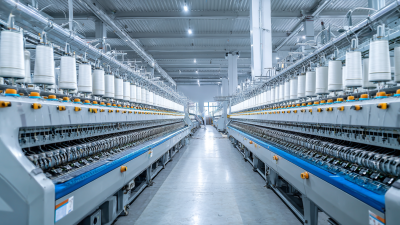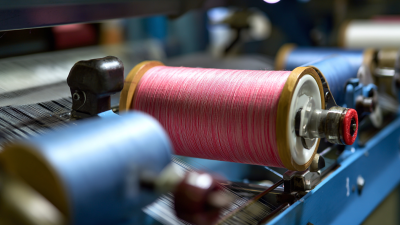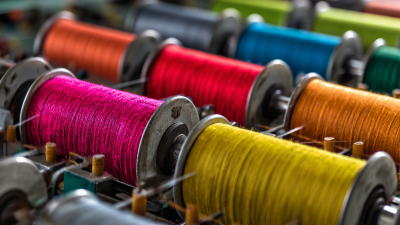Leave Your Message
The upcoming 2025 China Import and Export Fair, also known as the 138th Canton Fair, is set to illuminate the transformative landscape of textile automation, a field anticipated to reach a market value of $225 billion by 2025, according to industry reports. With the rapid advancements in technology and a growing demand for efficiency, Automatic Textile Machines are becoming paramount in the textile manufacturing process, driving a significant reduction in production costs and labor intensity. This evolution not only boosts productivity but also elevates the standards of quality and customization in textile products. As manufacturers increasingly adopt automated solutions, the fair is expected to showcase innovative machinery and solutions that highlight the future trends in the textile industry, positioning it at the forefront of a global market that is evolving towards sustainability and efficiency.
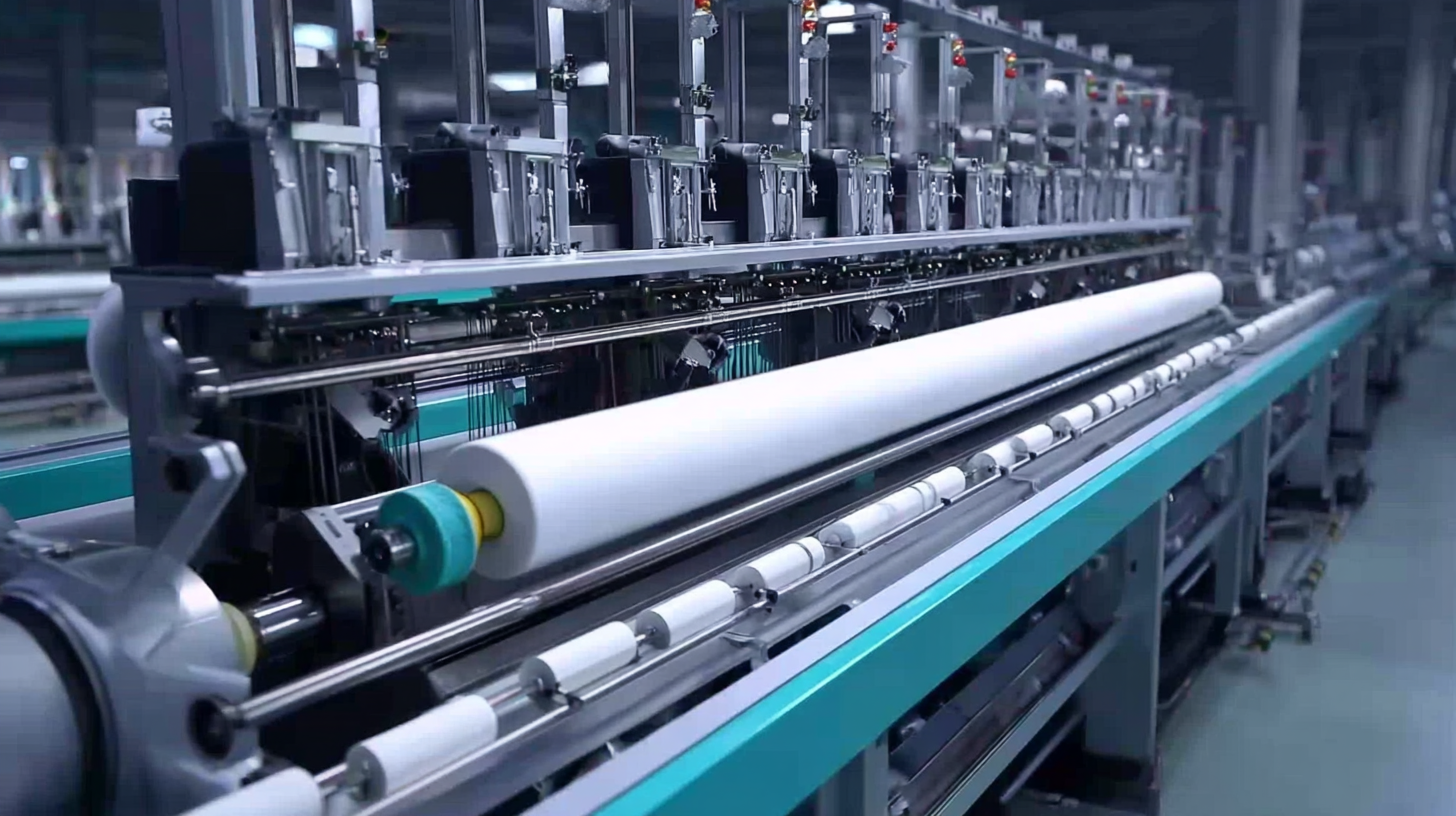
As the textile industry progresses into 2025, the automation landscape is set to undergo significant transformations driven by technological advancements. According to a report by Mordor Intelligence, the global smart textiles market is projected to reach USD 4.9 billion by 2025, growing at a CAGR of 25% from 2020. This surge highlights a shift towards integrating automation tools that enhance both efficiency and product customization.
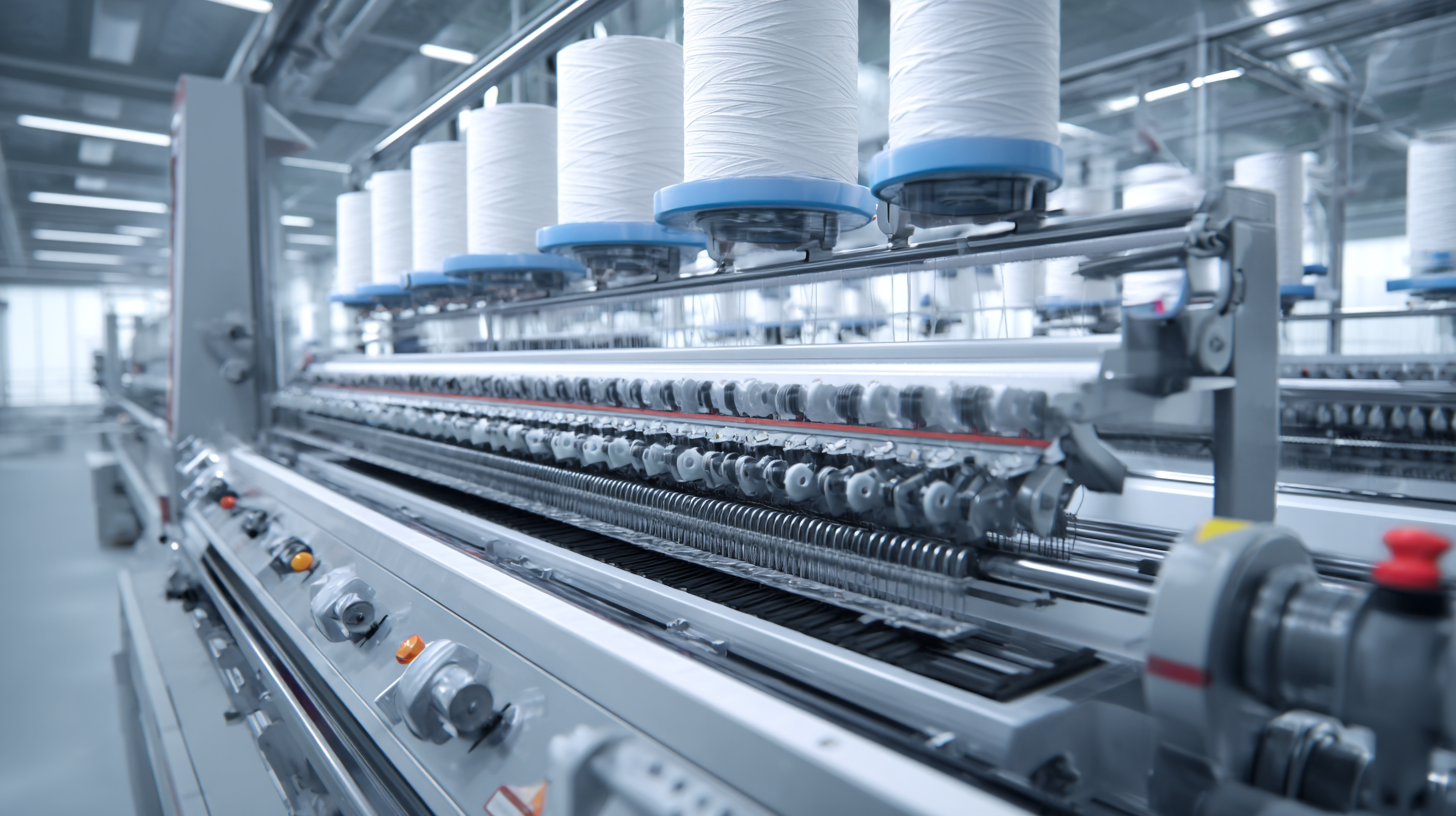 Automated cutting machines and sewing robots are becoming more sophisticated, allowing manufacturers to reduce waste and improve production timelines while meeting the rising consumer demand for personalized textiles.
Automated cutting machines and sewing robots are becoming more sophisticated, allowing manufacturers to reduce waste and improve production timelines while meeting the rising consumer demand for personalized textiles.
Furthermore, the adoption of artificial intelligence in textile automation is expected to revolutionize quality control processes. The Boston Consulting Group forecasts that AI-driven solutions could lower defect rates by up to 50%, significantly impacting the bottom line for businesses operating in this competitive sector. By harnessing data analytics, companies can optimize their supply chains, predict fashion trends, and better respond to market demands. As the 2025 China Import and Export Fair approaches, industry leaders will gather to showcase these innovations, providing insights into how automation will shape the future of textile manufacturing.
The integration of smart technologies in textile manufacturing processes is set to transform the industry, as showcased at the upcoming 2025 China Import and Export Fair. According to a report by Statista, the global smart textiles market is projected to reach approximately $4 billion by 2025, highlighting a significant shift towards technology-driven production methods. This trend is characterized by the adoption of automation, IoT (Internet of Things), and AI (Artificial Intelligence) which are streamlining operations and enhancing productivity.
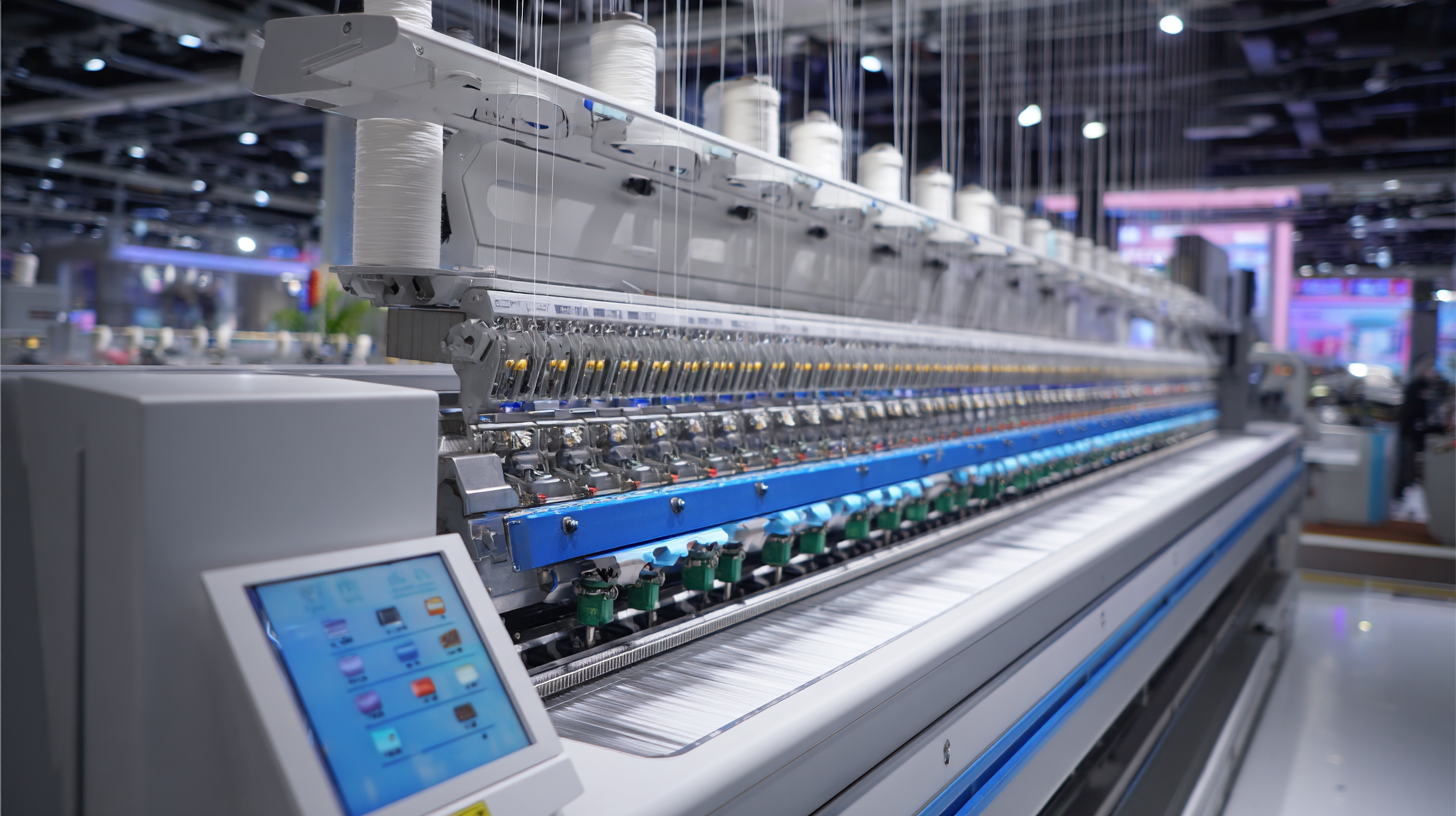
With smart technologies, manufacturers are able to monitor and optimize their production lines in real time. For instance, a McKinsey report indicates that AI-driven analytics can improve production efficiency by up to 20%. Moreover, IoT-enabled machines facilitate predictive maintenance, thereby reducing downtime and minimizing operational costs. As companies increasingly embrace these innovative solutions, the textile sector will not only see enhanced efficiency but also a higher level of customization in product offerings, catering to the evolving demands of today’s consumers.
The integration of robotics in the textile industry is poised to
revolutionize production efficiency and significantly reduce costs. As textile manufacturers increasingly adopt
automated solutions, the speed and precision of operations are enhanced, allowing for a more streamlined
workflow. Robots can perform repetitive tasks such as
cutting, sewing, and quality control with remarkable accuracy, minimizing human error and ensuring consistent
product quality. This automation not only speeds up the production cycle but also enables companies to meet
the growing demand for faster turnaround times in the fashion industry.
Moreover, the cost reduction associated with robotics extends beyond lower labor expenses. By minimizing waste
through precise material handling and optimizing energy consumption during production, businesses can achieve
substantial savings. Additionally, the deployment of smart robots equipped with AI capabilities allows for
real-time data analysis, enabling manufacturers to make informed decisions for inventory management and
resource allocation. As these technological advancements continue to unfold, the textile sector can anticipate
a future where automated processes not only enhance efficiency but also foster sustainable practices.
The textile industry is at a pivotal moment, with sustainability driving innovation and reshaping manufacturing practices. As the global focus on eco-friendly solutions intensifies, the sector is witnessing a significant transition toward sustainable textiles. Reports indicate that the industry is responsible for a staggering 10% of global greenhouse gas emissions, prompting urgent calls for transformation. In response, organizations are prioritizing sustainable practices, from raw material sourcing to production processes, ensuring that environmental concerns remain at the forefront.
Knitting technology is emerging as a key player in enhancing production efficiency within the textile sector. Innovations in this area are not only streamlining processes but also significantly reducing waste. Recent studies highlight that advanced knitting machines can reduce fabric consumption by up to 30%, contributing to both economic savings and environmental sustainability. Furthermore, the integration of automation in dyeing processes, such as those pioneered by leading companies, is revolutionizing the industry by minimizing water usage and chemical discharge, thereby driving a definitive shift towards greener operations.
In the face of geopolitical challenges and fluctuating markets, the call for a more sustainable approach in the textile supply chain has never been louder. As the industry evolves, it is clear that embracing automation and innovative technologies will play a critical role in achieving a greener future for textile manufacturing.
| Innovation | Description | Sustainability Impact | Expected Implementation Year |
|---|---|---|---|
| Automated Dyeing Process | Implementation of AI-controlled dyeing systems to reduce water waste. | Reduces water consumption by up to 40%. | 2025 |
| Solar-Powered Looms | Looms powered by solar energy for sustainable production. | Reduces carbon footprint by 30%. | 2026 |
| Recycling Textiles | Innovative technology to recycle textile waste into new fabrics. | Promotes circular economy and reduces landfill waste. | 2024 |
| Smart Inventory Management | AI-driven systems for efficient inventory control. | Minimizes overproduction and waste by 25%. | 2025 |
| Biodegradable Fabrics | Development of fabrics that decompose naturally. | Reduces plastic pollution in textiles. | 2025 |
The textile industry is witnessing a transformative shift propelled by market demands, which is prominently showcased at the 2025 China Import and Export Fair. As consumer preferences evolve towards faster production times and high-quality materials, manufacturers are increasingly turning to automation technologies. The fair will feature cutting-edge innovations that address these demands, including intelligent machinery capable of rapid adjustments to design specifications and enhanced production capabilities.
In addition to efficiency, sustainability is becoming a key driver in textile automation. Manufacturers are responding to a growing consumer awareness around environmental issues by adopting automated solutions that minimize waste and energy consumption. At the fair, attendees can expect to see demonstrations of smart textile production systems that integrate eco-friendly practices without compromising on quality. This alignment of technological advancement with market expectations signals a new era for the textile industry, where automation not only meets current demands but also paves the way for future growth.

